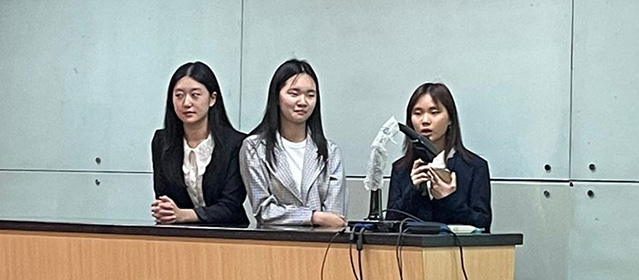
Three students from Singapore National Academy in Indonesia won Best in Country for their research into the effectiveness of different starches in creating bioplastic.
Vanessa Allison Setia, Chloe Junaidi and Zhang Hui Lin tested the effectiveness of five different starches: cassava, corn, arrowroot, rice and tapioca. They tested each starch’s durability, usability, flexibility and ease of creation in order to assess its usefulness as a bioplastic.
To create their bioplastics, the team combined distilled water, white vinegar, glycerol and the different starches. They then heated this mixture and left it to cool and form the plastics.
During their experiments, the team found different starches had different strengths. However, starches with high amylopectin (a water-insoluble polysaccharide and highly branched polymer of α-glucose units), such as rice, tapioca and cassava, were more suitable for bioplastics meant for usage with the expected exposure of water. Rice also had the highest tensile strength, making it more suitable for use in things like disposable cutlery and water bottles.
Team member Vanessa Allison Setia said: 'Participating in this competition was incredibly rewarding and challenging. I learned a lot from the project and had a great time making the bioplastics. This experiment taught me a number of skills, including how to conduct research, write a report and improve communication with my teammates.'
The judges praised the project for being 'systematic and quantitative', highlighting that the team had clearly, 'thought carefully about how their results related to the content of the plastic'.

